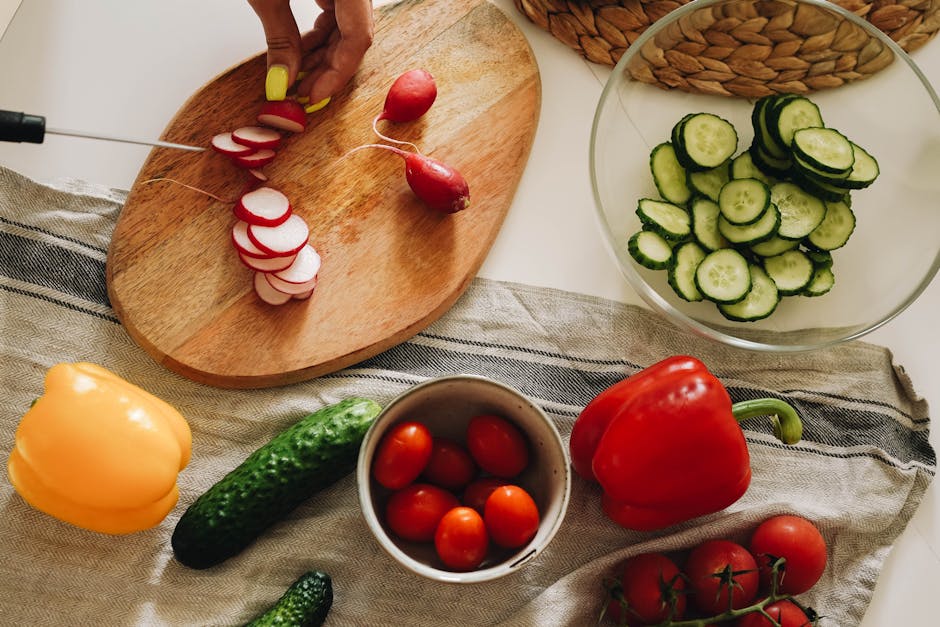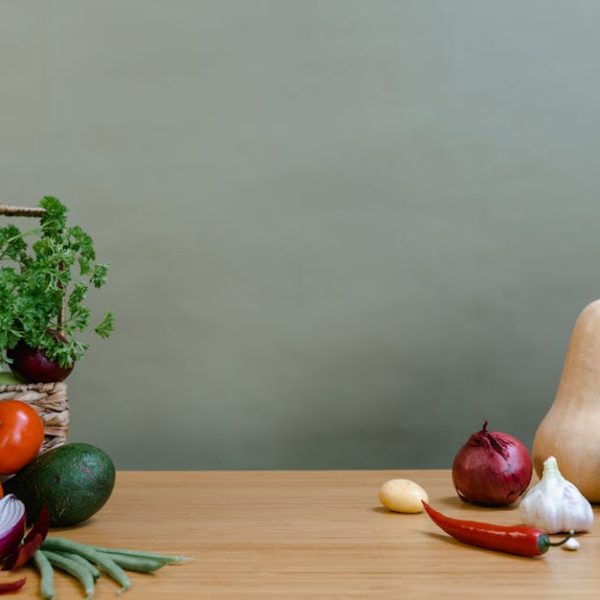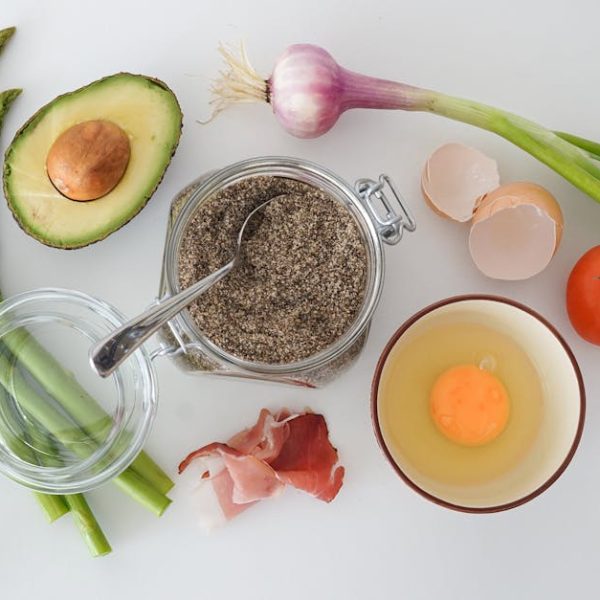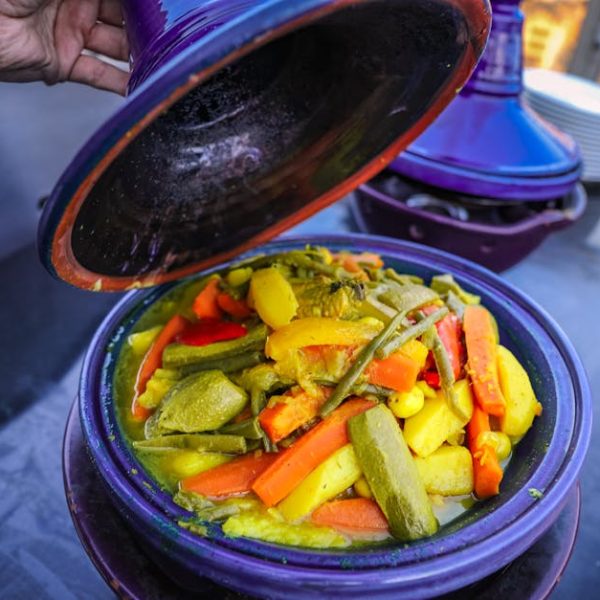How long Bell peppers last largely depends on various factors like how they are stored, handled, and their initial freshness level when purchased. A bell pepper that has been kept in proper conditions will maintain its freshness and nutritional value for a considerable amount of time. This article aims to guide you through the intricacies of bell pepper’s life expectancy, proper handling, and optimal storage techniques, shedding light on each aspect to maximize the longevity and freshness of your peppers.
Bell Pepper Shelf Life: Raw and Cooked
A raw bell pepper, when left at room temperature, can typically last for around 1 week. However, if stored in a refrigerator, it can extend its usability up to 2 weeks. This extended shelf-life is largely attributed to the cool temperature that slows down the spoiling process by curbing the growth of mold and bacteria. When it comes to cooked bell peppers, they can last up to 1 week in the refrigerator provided they are stored in an airtight container right after cooling.
Spotting a bad bell pepper isn’t a herculean task. Signs like a wrinkled skin, dark spots, or an off smell are loud enough to proclaim that your bell pepper is over the hill. Consuming spoiled bell peppers can lead to foodborne illnesses; so, it’s crucial always to ensure their freshness before consumption.
Quick Reference Guide:
- Raw bell peppers at room temperature: 1 week
- Raw bell peppers in the refrigerator: 2 weeks
- Cooked bell peppers in the refrigerator: 1 week
Best Storage Practices for Prolonging Bell Pepper Freshness
Proper storage is key to prolonging the life of bell peppers. Whole, raw bell peppers should ideally be stored in the crisper drawer of your fridge. This location provides the optimal humidity and temperature that bell peppers need to maintain their freshness. Do not wash them before storing, as the excess moisture can speed up deterioration.
Light exposure can cause the bell peppers to ripen faster and lose their freshness. So, ensure your storage place is dark.
Pro Tip: Storing bell peppers in a ziplock bag with a few holes punched in it in your refrigerator allows just the right amount of airflow, making them last longer!
The Role of Proper Handling in Maintaining Bell Pepper Freshness
Rash handling can bruise bell peppers and make them prone to spoilage. Hence, handle them gently both in and out of the fridge. If you have cut bell peppers, storing them in the refrigerator is crucial. But before doing so, ensure they are thoroughly dried as any residual moisture can lead to mold growth.
Best Practice Guide:
- Always wash bell peppers under cool, running water before using.
- Dry them thoroughly using a clean cloth or paper towel.
- Use a sharp knife to minimize bruising while cutting.
- Store the cut peppers in an airtight container and refrigerate.
Freezing Bell Peppers: Pros and Cons
Freezing bell peppers is a practice embraced by many for its convenience. To freeze bell peppers, wash, dry, and deseed them. Slice into desired sizes, spread on a tray, and freeze until solid. Once frozen, transfer the pieces into a ziplock bag or airtight container and return to the freezer. This method can help you maintain the peppers for up to a year.
However, freezing has its ups and downs when it comes to the consistency of bell peppers. Fresh peppers are known for their firm and crunchy texture, which is lost once frozen and thawed. They become more on the softer side, propitious for cooking purposes but may not be the best for raw consumption like in salads.
Comparing the taste of fresh vs frozen bell peppers, you’ll notice minimal difference if used within the recommended storage timeframe.
Pros and Cons:
| Pros | Cons | |
|---|---|---|
| Fresh Bell Peppers | Crunchy texture, Fresh taste | Shorter shelf life, Need frequent purchasing |
| Frozen Bell Peppers | Extended shelf life, Convenient for cooking | Softer texture, May not suit raw dishes |
Saving Leftover Bell Peppers: Risks and Safety Precautions
Partially used bell peppers are common when you’re cooking for one or two. It’s crucial to store these leftovers with caution, as improper storage can lead to bacterial growth and potentially cause illness. If you’ve cut into a bell pepper but haven’t used it all, it should ideally be sealed in a plastic bag or airtight container and stored in the refrigerator. This practice can help prolong its shelf life for around 2-3 days.
Remember that slicing the peppers increases their exposure to air, increasing the rate of oxidation. This can result in a change in taste and color. If oxidation has occurred, it’s not necessarily a sign that they’re dangerous to eat, but the quality would be compromised.
Safety Precautions Checklist:
- Store leftover bell peppers in the fridge.
- Seal them in an airtight container or plastic bag.
- Consume within 2-3 days.
- Discard if the taste or color has significantly changed.
In conclusion, bell peppers are a vibrant and healthy addition to your meals, but knowing how to store and handle them is crucial for their longevity and to maintain their freshness. By incorporating these practical tips, you can save yourself from frequent grocery trips and enjoy the maximum benefits that these nutritious vegetables have to offer.
Key Takeaway:
- Bell peppers have a shelf life of about 1 week at room temperature, 2 weeks in the refrigerator, and 1 week for cooked bell peppers stored in the refrigerator. Visible signs of spoiling include wrinkled skin, dark spots and an off-smell.
- Proper storage prolongs bell pepper freshness. Store whole, raw bell peppers in the crisper drawer of the fridge and preferably in a ziplock bag with a few holes. It is essential to minimize light exposure.
- Proper handling also plays a major role in maintaining freshness. Always handle bell peppers gently and ensure they’re thoroughly dried before storage.
- Freezing offers an extended shelf life up to a year. However, it may result in a softer texture, which isn’t ideal for raw dishes.
- Leftover bell peppers need to be stored with care. Always keep them refrigerated in a sealed bag or airtight container, and consume within 2-3 days.
Storing and handling bell peppers need not be a daunting task. With these tips, you can effortlessly increase their longevity, carry their freshness forward, and get the most out of their nutritional value. Remember, it’s not only about storing correctly but also about being aware of their freshness status for a healthy and wholesome experience.
FAQs
Q: Is it safe to consume bell peppers with minor wrinkles or soft spots?
A: While minor wrinkles or soft spots might not always imply that your bell pepper is spoiled, the freshness and overall quality may be compromised. It’s recommended to use them in cooked dishes where the change in texture won’t be apparent.
Q: Should we wash bell peppers before storing them in the refrigerator?
A: No, you shouldn’t wash bell peppers before storing. Excess moisture can speed up the deterioration process. Always wash them just before use
Q: What’s the best way to defrost frozen bell peppers?
A: You can defrost frozen bell peppers by transferring them from the freezer to the fridge and letting them thaw gradually, or you can directly use them in cooked dishes.
Q: Can leftover bell peppers stored in the refrigerator be frozen for later use?
A: It’s not recommended to freeze bell peppers that have previously been refrigerated as the change in temperature may affect their quality and potentially increase the risk of bacterial growth.
Q: How do I know if my bell pepper has spoiled?
A: A spoiled bell pepper may have signs like wrinkled skin, dark spots, or an off smell. It’s good practice to always check these signs before using bell peppers in your dishes.
If you found this guide helpful, feel free to share it with friends and family members. Explore lots of other beneficial tips and informative content on our website.






